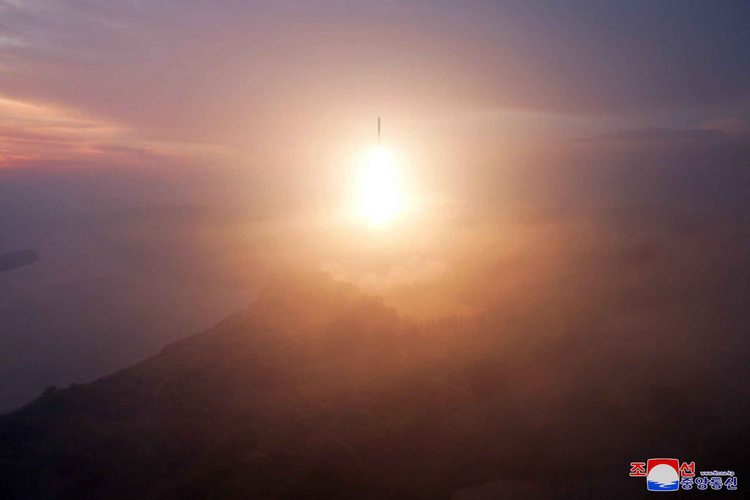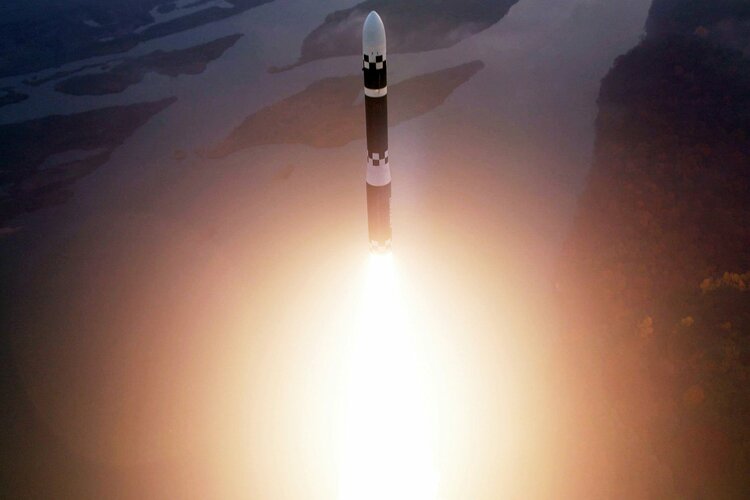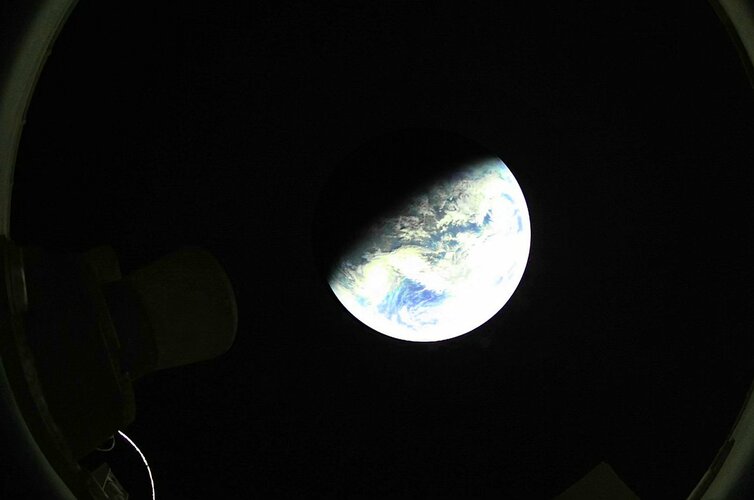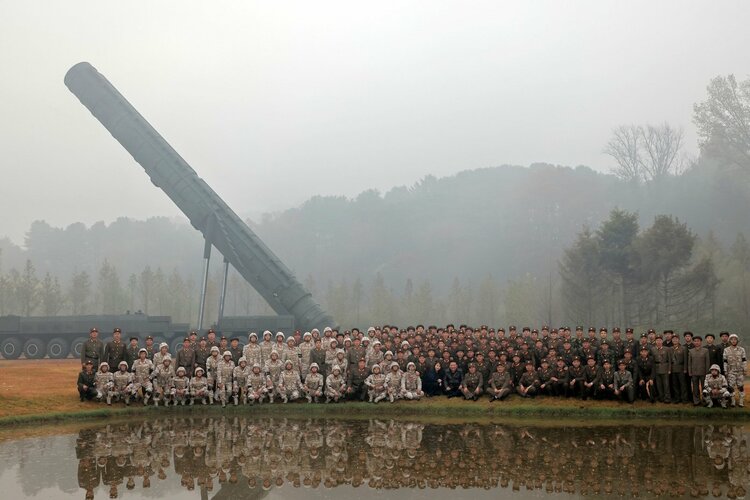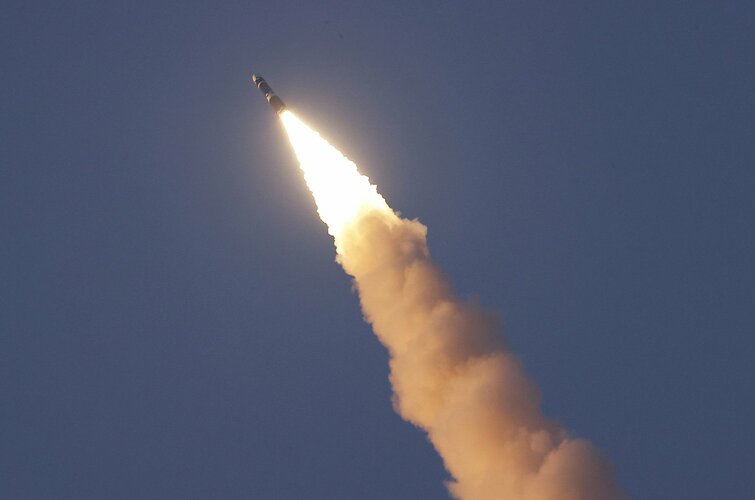They are supposed to be based in underground tunnels, and only move to deploy before launch. The limited mobility made them significantly less vulnerable to any kind of pre-emptive strike, since there are a lot of tunnels in North Korea, and it's next to impossible to accurately guess where the missile exactly is.
Agreed. North Korean seems to follow "we aren't rich enough to buy anything but very best" logic - they did not stop at just liquid-fuel ICBM, or even road-mobile liquid-fuel ICBM, they pushed to the road-mobile solid-fuel ICBM. Essentially, the preferred to spend more on development, but deploy only the system that would be able to provide optimal deterrence for its cost.

www.yahoo.com





